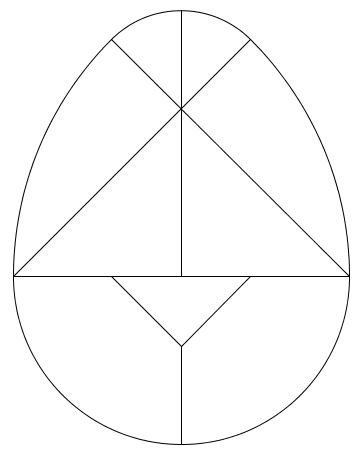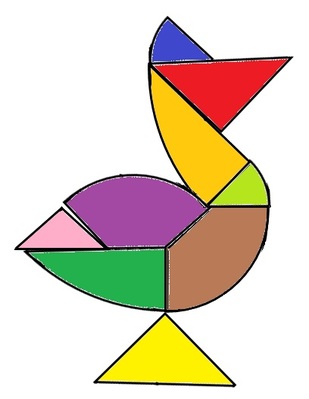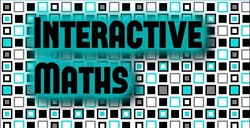|
I love the end of term, as it always brings the chance to dive off the scheme if work a little bit and do something a bit different. Here are a few ideas that I have used just before the Easter holidays, and have always gone down well. The first is Easter Egg Tangrams. This is a spin on the classic tangram puzzle, where the pieces are made by cutting up an egg rather than a square. Students have to follow some detailed instructions to first create the egg (using lots of compass skills). Once they have the pieces, they have to arrange them to make some different birds. For best results for this one, get them to draw round the pieces on a piece of A4 paper, and then colour them in for a lovely Easter themed display (with the instructions on how to make the pieces as well of course!). Students absolutely love this activity (even more so than the normal tangrams) because it is so symbolic of Easter. Another activity that students absolutely love at Easter time is to design an Easter Egg box. I have done this by buying a nice Easter Egg to bring in to the lesson, and then show to the class. We take measurements of the egg and record these for our own use. Then the students are set to the task of making a box* for the egg. It must hold the egg securely, so that it does not fall and break within the box, and also provide the egg with a little bit of padding should the box be dropped. It should also make the egg visible within the box, and obviously be decorated appropriatetly! This activity gets students to use nets and other 3D skills, as well as to think about the design of the box, and if it is suitable for the intended purpose. The winning design gets to keep the Easter Egg for which they have made a box. To make the activity a bit more interesting, choose a non-egg shaped Easter treat, such as a chocolate bunny. *Some students prefer to make a basket or other inventive cases to hold the egg. I always allow these, as long as they meet the criteria. One further idea I like to use around Easter is how we decide what day Easter Sunday will be each year, as it seems to be completely random. In fact there is an algorithm to calculate the Easter Date, and the activity on the page tells you when you input the year. As interesting as this is, the teaching power comes from introducing students to the algorithm, and how it works. You need to take remainders and integer parts when dividing, which can be an introduction to modulo arithmetic. The process of following a fairly complex algorithm is very mathematical, but this can be made even better by getting students into a computer room to try to get Excel to do the work for them. A bit more mathematical than the other two suggestions, but students still love it, and can use it as a bit of a party trick.
0 Comments
Leave a Reply. |
Dan Rodriguez-Clark
I am a maths teacher looking to share good ideas for use in the classroom, with a current interest in integrating educational research into my practice. Categories
All
Archives
August 2021
|
|
Indices and Activities
|
Sister Sites
|
©2012-2023 Daniel Rodriguez-Clark
All rights reserved |


 RSS Feed
RSS Feed
